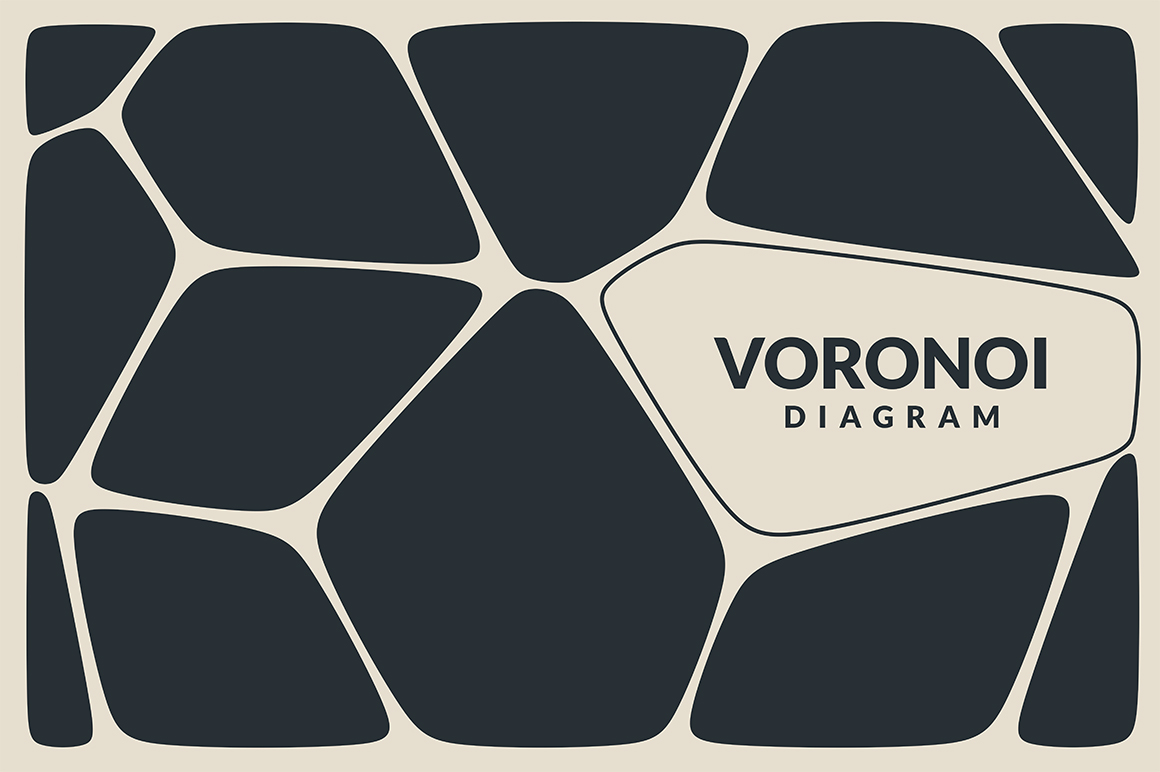


Voronoi diagrams have numerous applications across mathematics, as well as in various other disciplines, such as modelling animal territories or crystal growth. If you slice through the polyhedra you see a two-dimensional pattern of polygons, and it was this that was used to create the screen. Our Voronoi pattern was in fact constructed from a set of three-dimensional points, dividing space into polyhedra. The plane is then divided up into tessellating polygons, known as cells, one around each point, consisting of the region of the plane nearer to that point than any other. This type of diagram is created by scattering points at random on a Euclidean plane.

Voronoi diagrams were considered as early as 1644 by philosopher Ren é Descartes and are named after the Russian mathematician Georgy Voronoi, who defined and studied the general n-dimensional case in 1908. We decided to commission a specially-designed brise-soleil, or sunscreen, for our new glass atrium. When the Fry Building was being designed as the new home for the School of Mathematics, we wanted to build in public art connected with our subject.


 0 kommentar(er)
0 kommentar(er)
